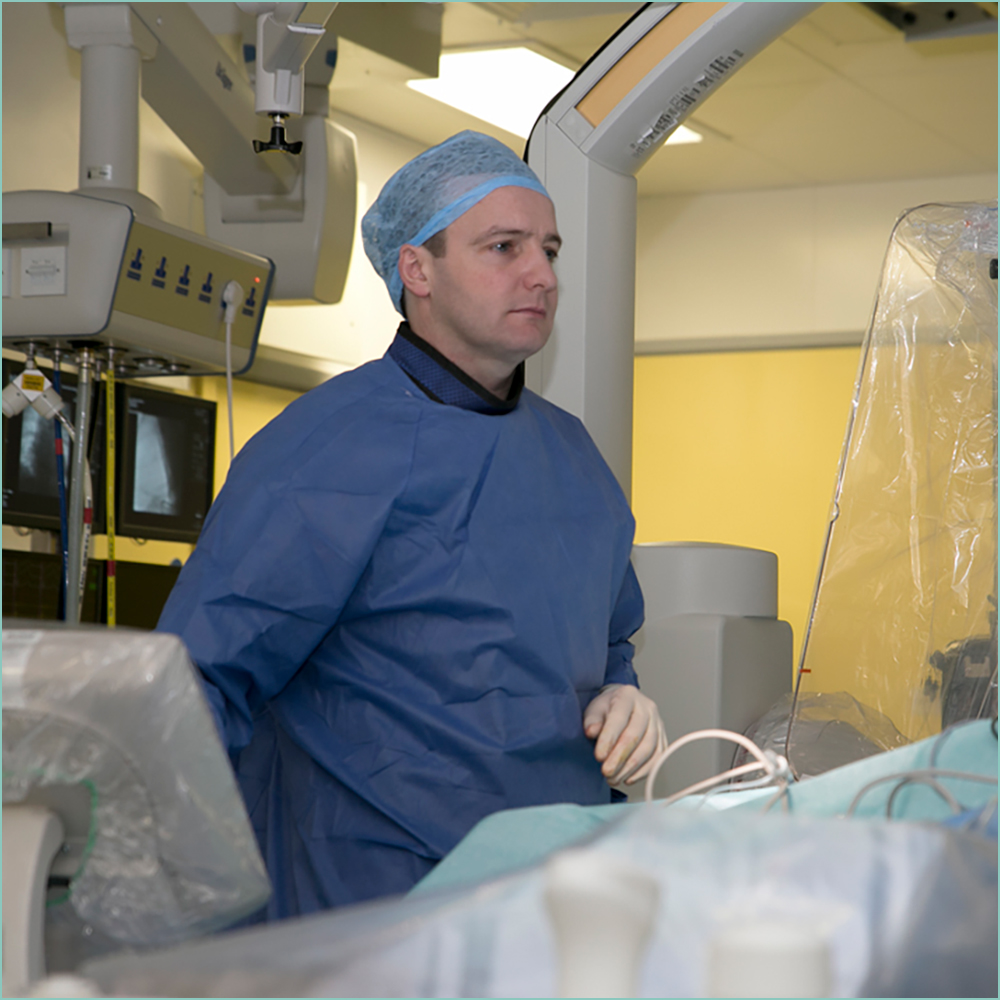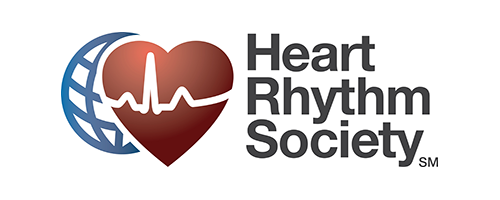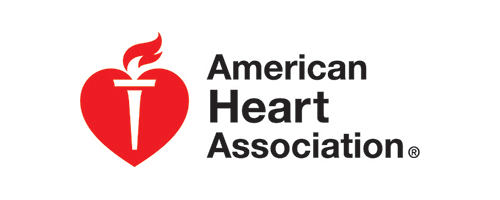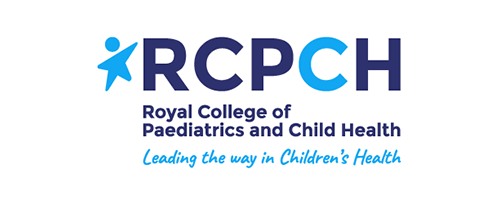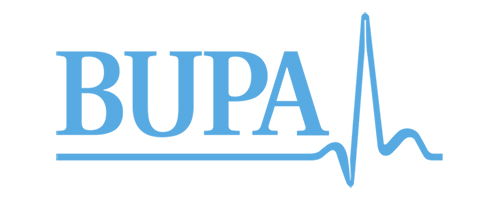POSTURAL TACHYCARDIA SYNDROME (POTS)
Postural tachycardia syndrome is an abnormality of the functioning of the autonomic (involuntary) nervous system. To be diagnosed with PoTS, an individual must experience a group of symptoms in the upright position (usually standing) that are relieved by lying down. A persistent increase in heart rate of 30 beats per minute (40 bpm if under 19 years of age) should be recorded within ten minutes of standing. Blood pressure (BP) does not always drop in PoTS.
Patients can be very disabled by their symptoms. Fortunately, for many patients, symptoms will improve with a combination of life style changes and medication. However some will have problems over many years.
Many health care professionals do not know that PoTS exists and so may not think of the diagnosis. If you think you may have this condition, it may help to take a printout of information from this website to your appointment.
Symptoms of PoTS:
Orthostatic intolerance is a term that is sometimes used to describe symptoms of PoTS. It means symptoms that occur on standing and are relieved by lying down. In addition to heart rate and blood pressure, other bodily functions that are regulated by the autonomic nervous system can be affected.
Symptoms can be debilitating, ranging from mild to severe and varying from day to day.
- Dizziness or light-headedness or presyncope (almost fainting).These symptoms usually occur when standing up, but can occur with prolonged sitting.
- Syncope (fainting or blackouts). Approximately 30 % of people with PoTS experience fainting.
- Palpitations. Palpitations are a sensation of your heart pounding in your chest.
- Headaches. Approximately two thirds of those with PoTS have orthostatic headaches which means they occur as a result of being upright and may be caused by reduced blood supply to the brain. Most people with PoTS also have migraine type headaches.
- Tiredness or weakness. These are common symptoms of PoTS and can last for a considerable time after a bout of symptoms of PoTS.
- Brain fog. People with PoTS often complain of ‘brain fog’ which is difficulty in thinking or concentrating.
- Shakiness or Tremulousness. This is often worse with upright posture
- Shortness of breath. Patients can feel breathless when standing up or with slight exertion.
- Chest pain. Chest pain is fairly common in patients and can be worse when upright. The cause is not clear.
- Excessive or patchy reduced sweating
- Gut problems. Nausea is common. Other symptoms include diarrhoea, constipation, bloating, abdominal pain and vomiting. Many people with PoTS are told that they have irritable bowel syndrome.
- Poor sleep. Many patients with PoTS have insomnia. This can be trouble getting to sleep, waking in the middle of the night and trouble getting back to sleep.
- Visual problems. This can be described as excessive glare, blurred or tunnel vision.
- Bladder problems
HOW IS POTS DIAGNOSED?
Detailed questioning of the patient is the key to accurate diagnosis. Physical examination and appropriate investigations are also important. Other causes of symptoms need to be considered and identified.
To be given a diagnosis of PoTS, a person needs to have:
A sustained increase in heart rate of greater than 30 beats per minute within 10 minutes of standing. Those aged 12-19 years require an increase of at least 40 beats per minute. These criteria may not apply to those with a low heart rate when resting. There is usually no drop in blood pressure on standing.
Investigations
It may be necessary for patients to have some or all of the tests below:
- Electrocardiography (ECG). An ECG is performed to rule out any heart problems that may cause symptoms similar to those found in PoTS.
- The Active Stand Test. The active stand test can be used to diagnose PoTS. Under careful supervision, heart rate and blood pressure are measured after resting lying down, then immediately upon standing and after 2, 5 and 10 minutes. This test may bring on symptoms of PoTS and some people may faint.
- Head-Up Tilt Table Test. This involves lying on a table that can be tilted to an angle of 60 to 70 degrees in a quiet, dimly lit, temperature controlled room. Blood pressure and heart rate are recorded in a continuous manner. After a period of 5 to 20 minutes of lying flat, the table is tilted. Although a diagnosis of PoTS should be made by an increase in heart rate of 30 bpm within the first 10 minutes, this upright position can last between 10 and 45 minutes. The patient will be asked how they are feeling during the test, so symptoms can be matched with heart rate and blood pressure. The test will end if your blood pressure becomes too low, satisfactory results have been obtained, or the maximum time has elapsed.
- 24 hour ambulatory blood pressure and heart rate monitor. Sticky patches are applied to the chest and are linked to a little box which is attached by a belt your waist. It monitors heart rate over a 24 hour period. A blood pressure cuff on your arm will intermittently check your blood pressure. The patient is asked to go about their usual daily activities, trying to reproduce events that seem to cause the symptoms. A diary stating the time and activity performed at the moment when the symptoms started should be kept. Doctors look to see if there is a fast heart rate or drop in blood pressure at the time of symptoms.
- Echocardiogram (Heart Ultrasound). This test is to check if the heart’s structure is normal. In this test a technician will apply some jelly on the chest and will roll an ultrasound probe in many directions to create a 3 dimensional image of the heart. It is a painless and harmless test that similar to the ultrasound scan used routinely during pregnancy to look at the unborn baby.
- 24-hour Urine Collection. Individuals with PoTS often have low urinary sodium levels of less than 150 millimole per 24 hours. Another 24 hour urine collection may be carried out to test for high levels of noradrenaline and epinephrine to rule out pheochromocytoma (a growth on the adrenal gland) as a possible cause of symptoms.
- Blood tests. Bloods are taken to rule out other conditions. Blood can also be taken for norepinephrine whilst lying and then standing (or when upright on the tilt table); if levels exceed 600 picogram/millilitre, it may suggest hyperadrenergic PoTS.
TYPES OF POTS
There are a number of factors and disorders causing or associated with the condition but in some cases, a cause is never identified.
PoTS has been reported to commence after an infection such as a viral illness, an acute stressor such as pregnancy or surgery, a traumatic event or immunisation.
PoTS in Teenagers
It usually starts between the ages of 12-14 years old and may follow a very rapid growth spurt, with worsening symptoms until the age of 16. By the age of 19 to 24, about 80% of individuals will have no symptoms.
Deconditioning
Deconditioning (being out of shape) is present in some individuals with PoTS. A traumatic event or illness can result in reduced activity or bedrest. Patients become unfit and the heart doesn’t pump as efficiently as before. This can trigger symptoms of orthostatic intolerance so patients avoid exercise which makes their symptoms worse, leading to more physical inactivity. There is a downward spiral of deconditioning which causes or worsens symptoms of PoTS.
Hyperadrenergic PoTS
Hyperadrenergic type PoTS is less common. This can appear similar to pheochromocytoma (a norepinephrine producing tumour) and tests may be needed to rule this out.
When upright, individuals may experience a sense of anxiety, tremor, and cold sweaty hands and feet. Also, in a good portion of individuals, there is a significant urge to pass urine after even a short period of time upright. True migraine headaches are also common.
Blood norepinephrine levels are often high. Blood pressure may also increase (not fall) on standing up.
Norepinephrine Transporter (NET) Deficiency and Blockers
This type of PoTS is similar to Hyperadrenergic PoTS. There may be an abnormality in a gene that leads to too much norepinephrine circulating in the body. There are many antidepressant and antianxiety drugs (SNRIs) that work, in part, by blocking this transporter. These can increase heart rate and make symptoms worse in some patients.

